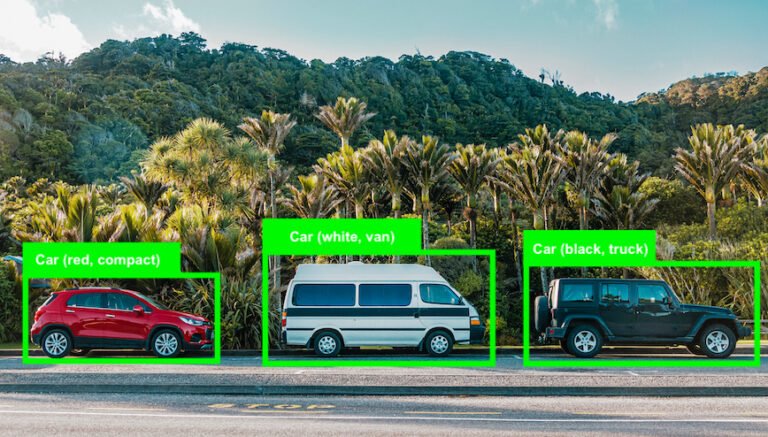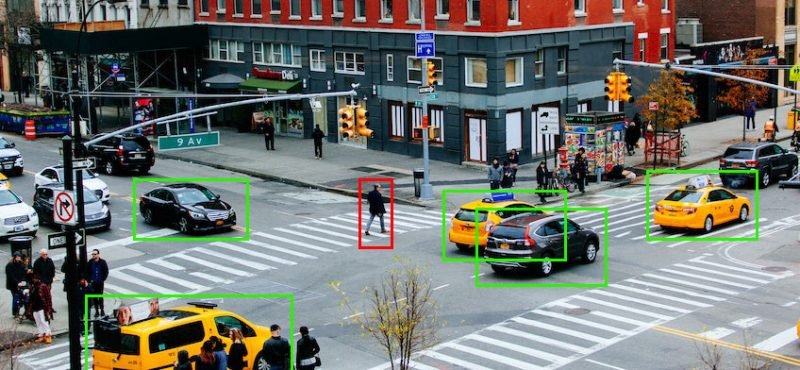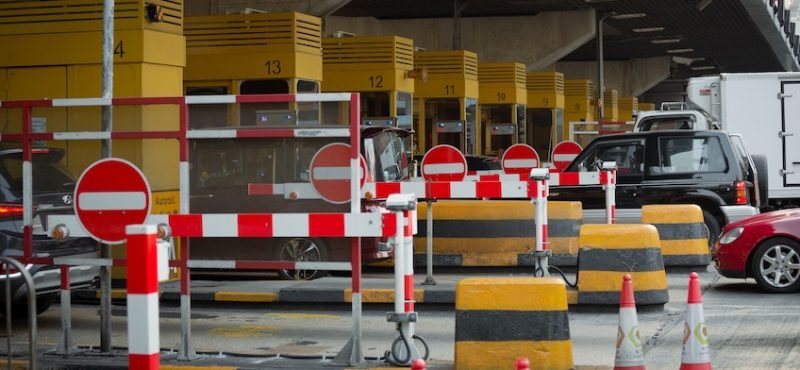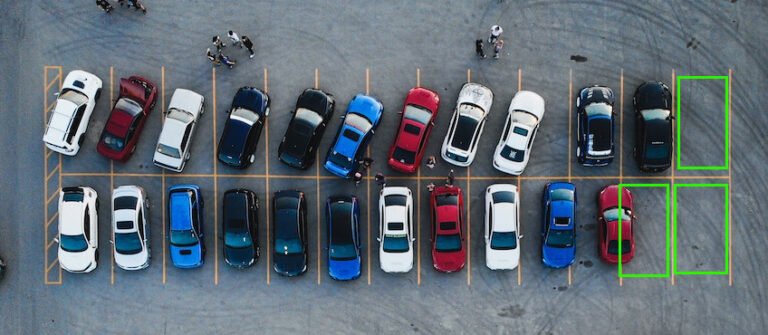
The ability to recognize vehicles and track their motion patterns opens a variety of applications. The most common include car counting or measuring time of vehicle appearance in the area of interest. Vehicle detection allows not only for simple detection of an object in the given area, but also ensures a level of certainty that the detected object is indeed a vehicle. This in turn provides an additional layer to understanding the environment under surveillance.
Optimization of car traffic is currently one of the biggest challenges in urban areas. Nobody likes to get stuck in traffic jams on his way from work. Often the re-design and reconstruction of bottleneck crossroads and transits is too costly or simply impossible in a given environment. Therefore the traffic control systems play a crucial role in daily urban life.
Street surveillance systems offer a unique opportunity to collect live traffic info and use it for street lights control. Contrary to the inductive loops, the street cameras placed on the crossroads can detect vehicles approaching even from a distance. This real-time data collected synchronously at different points of the system can be used to determine the optimal control strategy. Additionally, such systems can easily detect unusual events or objects and may alert operators upon them.

Another usecase for vehicle detection and re-identification is section control. This is an automated speed control system, where the vehicle’s speed is calculated based on the time the car moves between two fixed measurement points. Proper recognition and re-identification of the car between the initial and terminal point is fundamental to the quality and reliability of the measurement. Some computer vision systems recognize not only vehicles, but also are able to read their license plates’ numbers. One can find automated toll collection points in many areas, like highways, garages or airports. The image of a vehicle approaching the entry gate is recorded and identified with a digital ticket. At the exit gate, based on a re-identification algorithm, the system assigns the respective ticket and calculates the toll.

Finding a free spot in a huge, heavily loaded parking place may be difficult. An intelligent parking management assistant may apply vehicle detection algorithms to process the surveillance cameras’ streams. The unoccupied spots are automatically detected so that the drivers can be assisted to get directly to the place without circling around. Finding a free spot in a huge, heavily loaded parking place may be difficult. An intelligent parking management assistant may apply vehicle detection algorithms to process the surveillance cameras’ streams. The unoccupied spots are automatically detected so that the drivers can be assisted to get directly to the place without circling around.
Vehicle detection can also help in optimization of operations in Drive Thru facilities, such as quick service restaurants or vaccination points. The system can measure the operational statistics such as speed of service or waiting time to be used for future scheduling.
It can also provide live information, eg. can alert the operators to take actions when a vehicle approaches and requires attention.
